One hundred and twenty-five million years ago, magma under the earth's crust became trapped in rocky crevices below the surface. Water seepage into the same crevices created gases that escaped through vents, allowing the magma to cool and harden into rock. Thus, Mount Royal is not an ancient volcano but rather a rocky mound formed underground and eventually exposed by millions of years of erosion. It is part of Quebec's Montergian hills that lay between the Laurentian and Appalachian mountain ranges. Jacques Cartier was the first European to climb to the top of Mount Royal in 1535. Actually, there are three summits on top; reaching to 764, 692, and 659 feet above sea level (we assume that Cartier climbed the tallest of the summits, but do not really know for sure). In the mid-1870's, famed landscape archetect Frederick Law Olmstead (who created New York's Central Park and Boston's Emerald Necklace) designed the park on Mount Royal. It is the largest green space within the city. During the warmer months, an informal free festival is held weekly at the base of the hill. Known as Tam-tams, referring to massive drum circles, these musicians become the focal point of the festival, which also includes teams of medieval costumed individuals "battling" with foam weaponry. Winding roads and pathways throughout the park, eventually lead visitors to the Kondiaronk lookout at the summit with a spectacular view of the city. This lookout was named after the Petun chief who led a major peace effort between the French, the Iroquois, and other First Nations in 1701. A chalet was built on this lookout in 1906 to provide a resting spot for travelers who made it to the summit. We spent a delightful day wandering through the park, until we reached the top and enjoyed an absolutely fabulous view of Montreal.
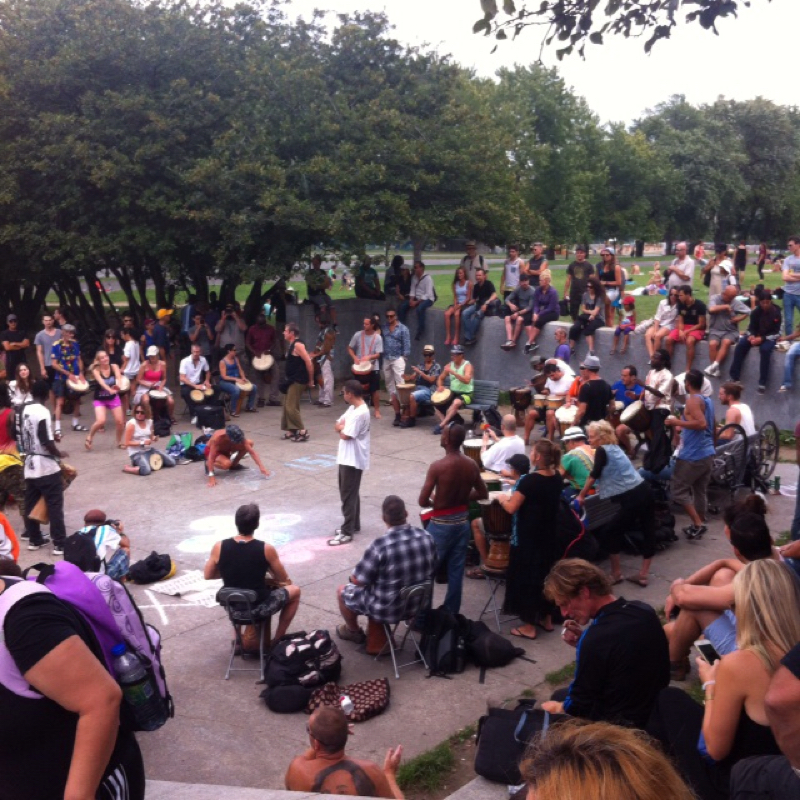
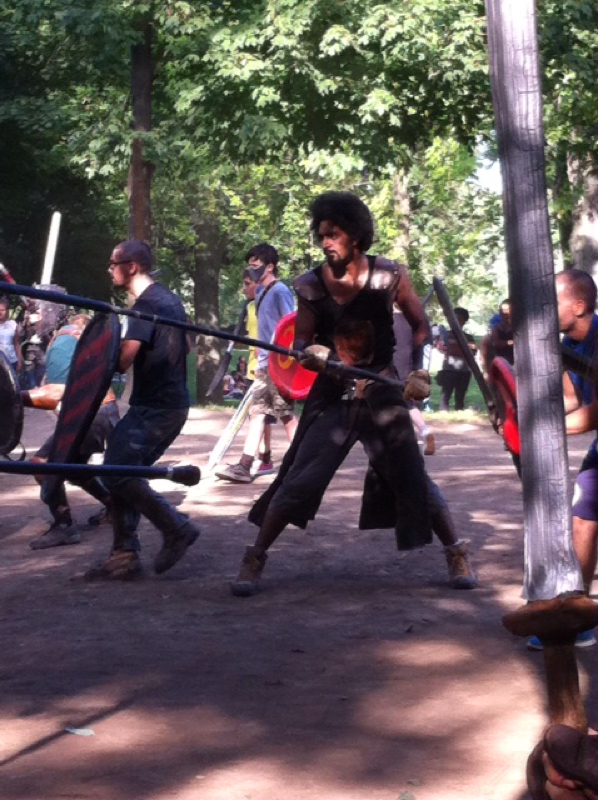
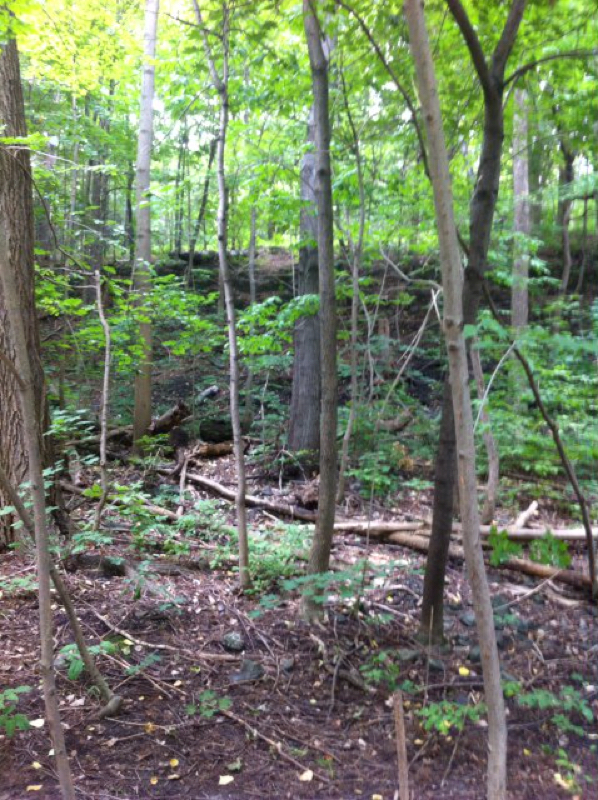
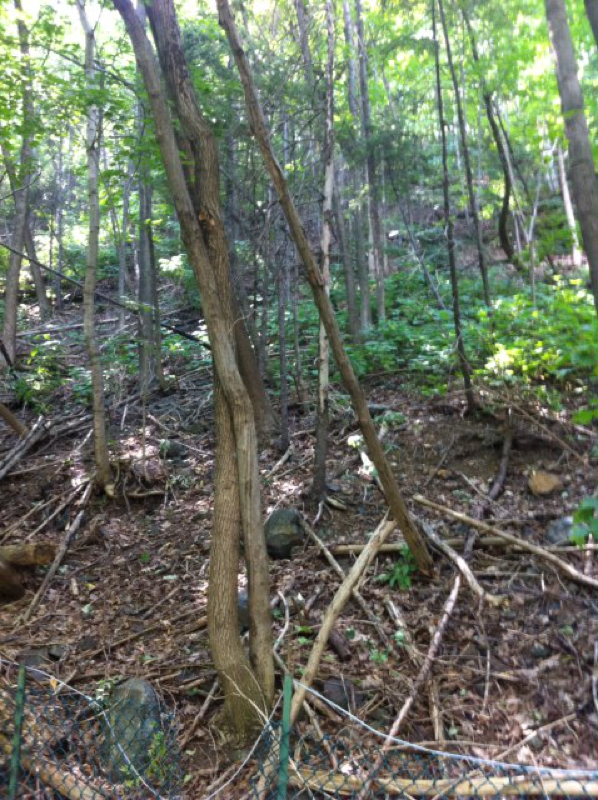
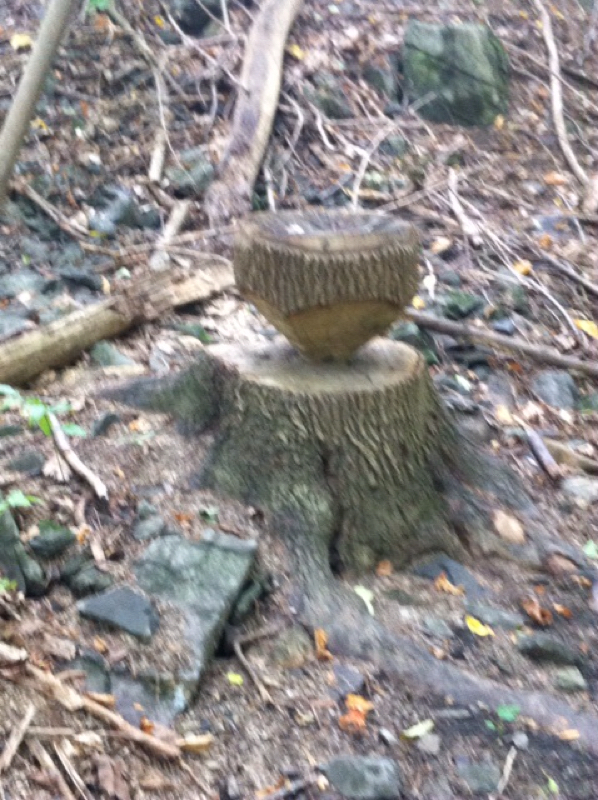
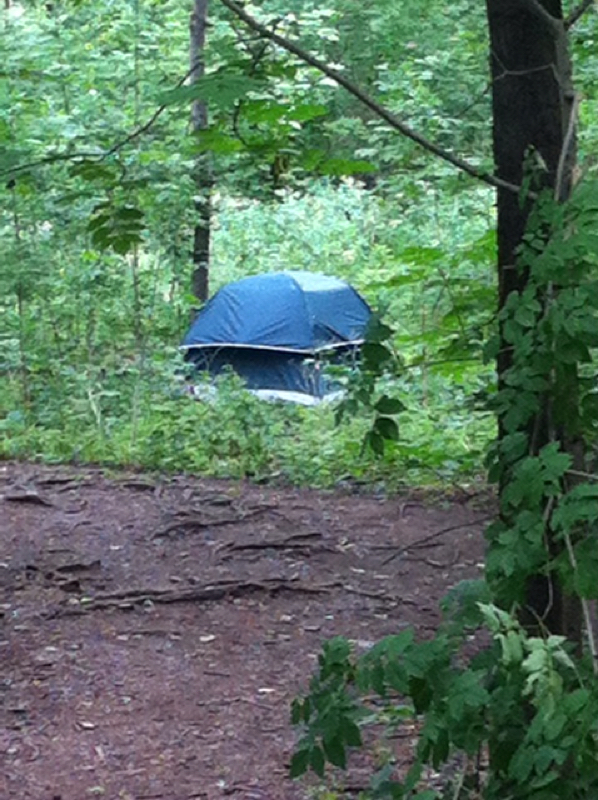
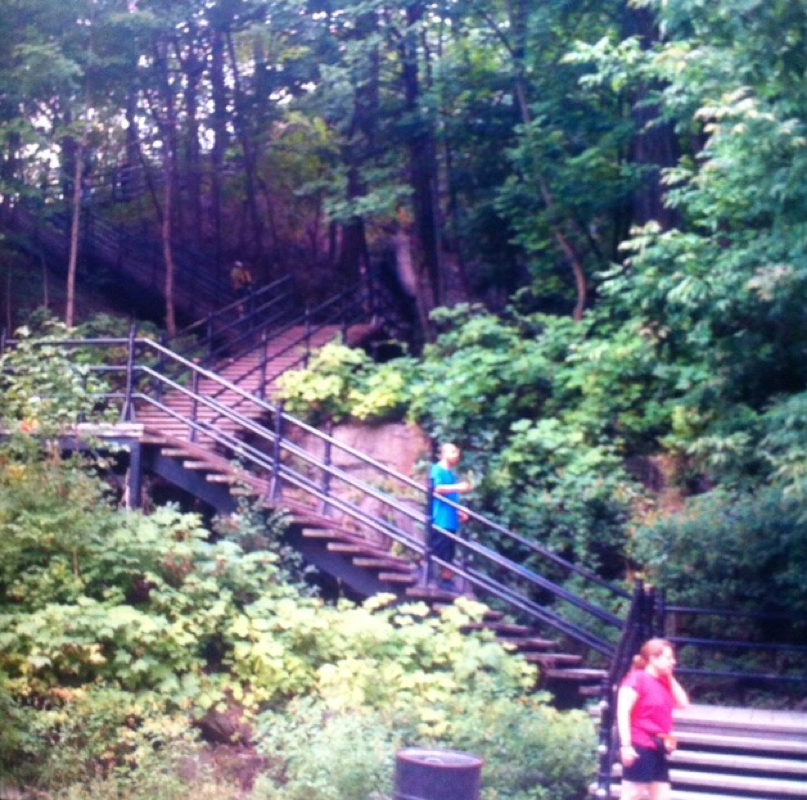
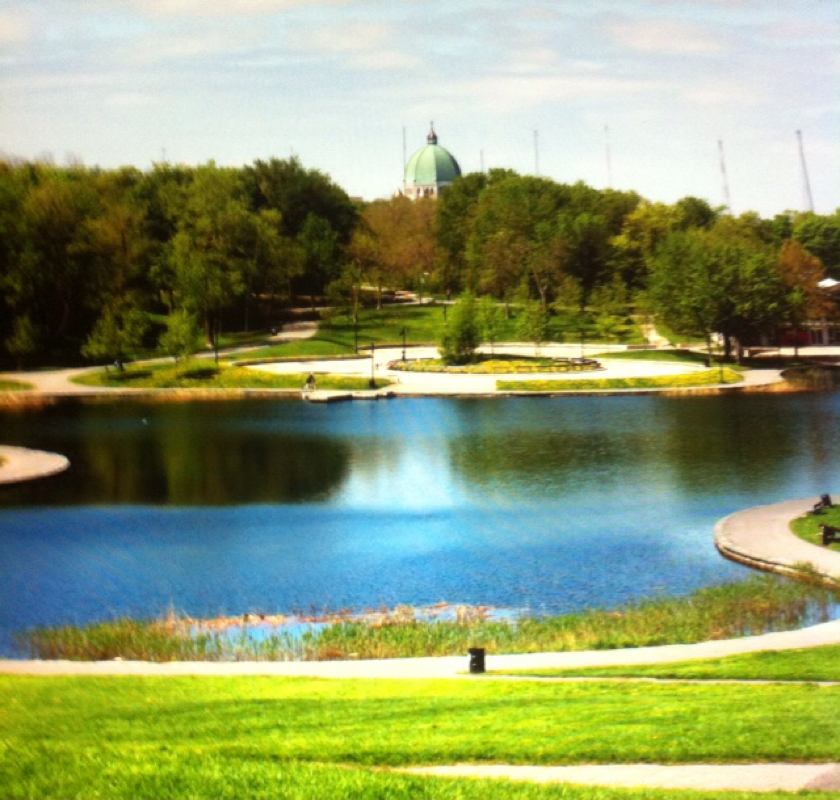
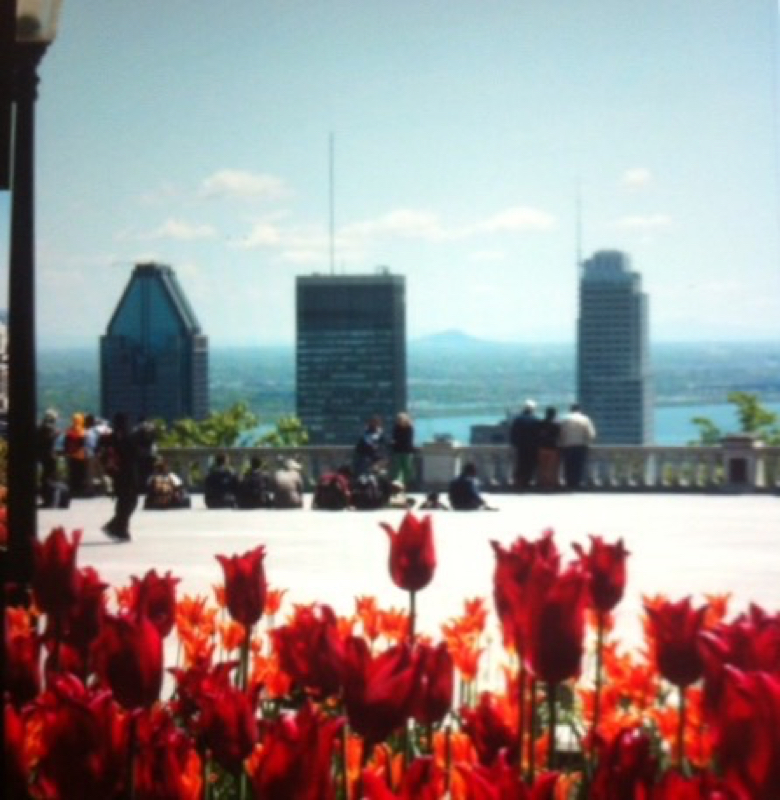
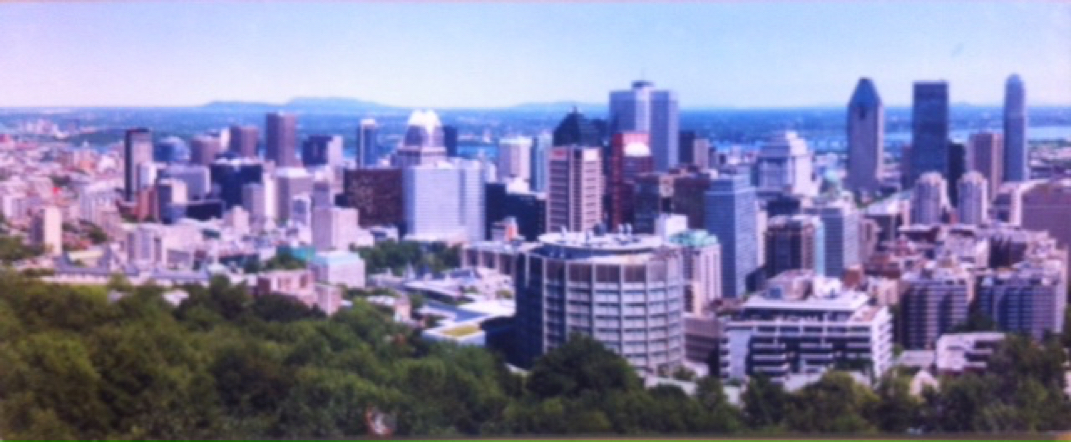
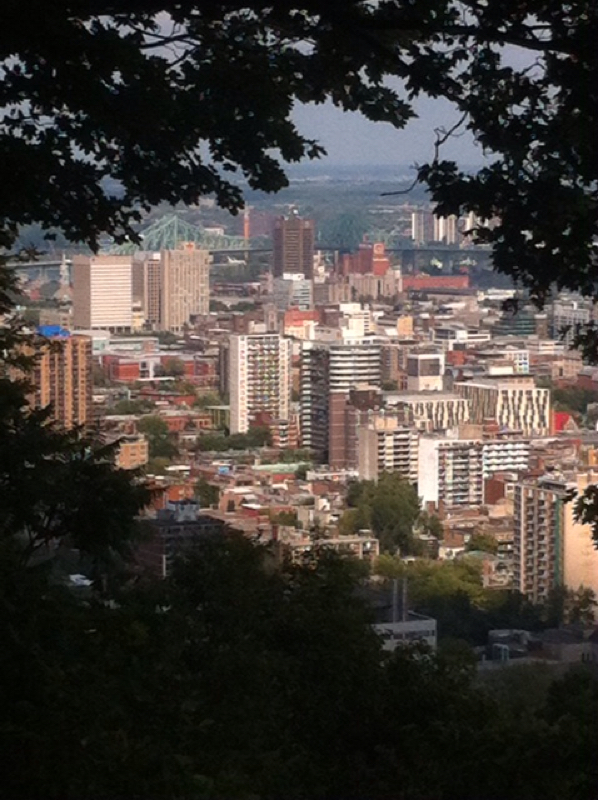
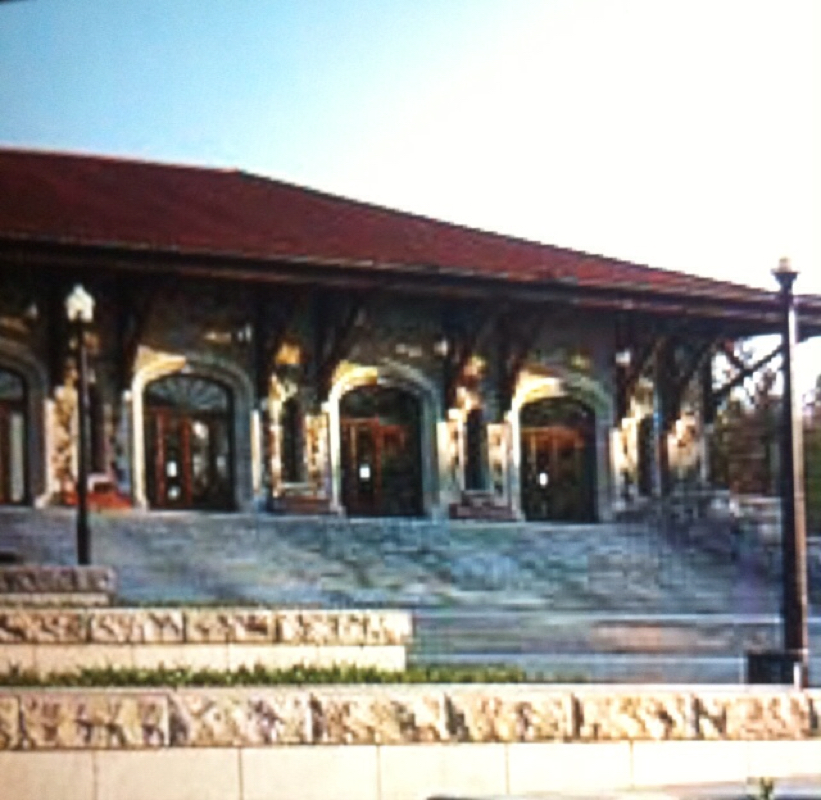

 RSS Feed
RSS Feed
